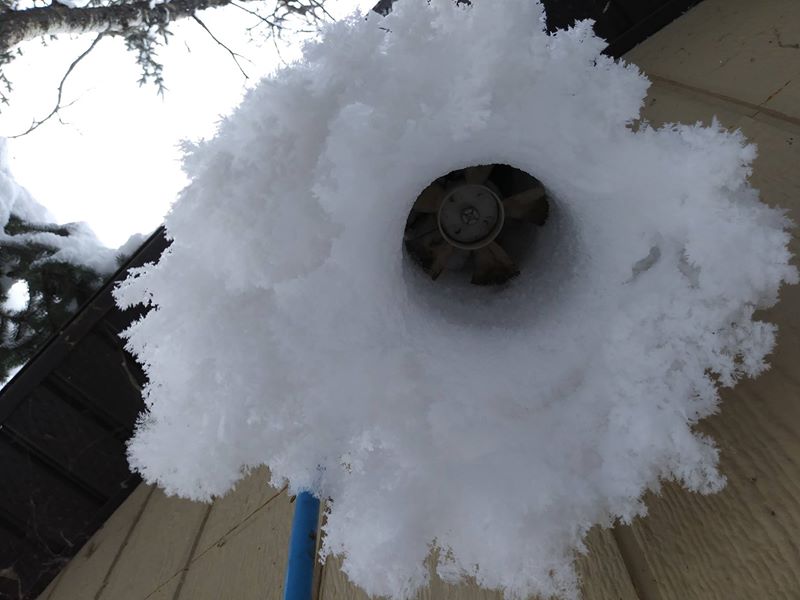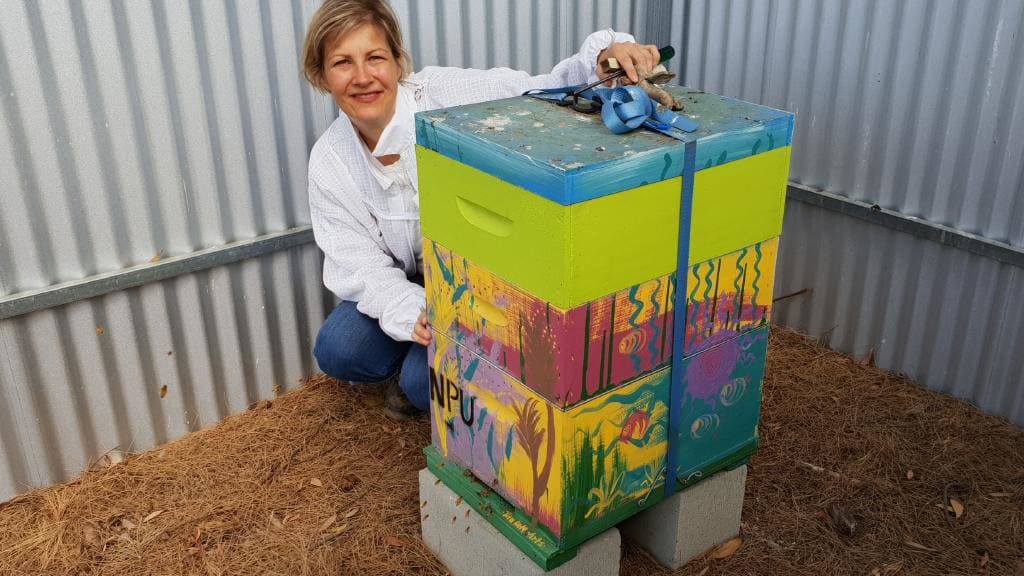https://www.adelaidenow.com.au/messenger/east-hills/extreme-weather-decimates-bee-populations-across-adelaide/news-story/8fc95e8e9ff98ff8a85c2a2c4e1c500c
Extreme weather decimates bee populations across Adelaide
(movie on the website)
Colin James, colin.james@news.com.au, The Advertiser
March 3, 2019 9:30pm
Beekeepers across Adelaide are desperately trying to revive hives as they experience the worst honey season in 30 years.
Apiarists say prolonged dry conditions and recent heatwaves — including January’s record hottest day — have combined to decimate bee populations.
They are relocating hives and trapping swarms in a bid to restore bee numbers in urban areas throughout the city.
Adelaide Bee Sanctuary founder Sandra Ullrich said there were widespread reports of hives being destroyed by last month’s excessive heat.
Ms Ullrich said bees had already been struggling across Adelaide before the city was hit by record temperatures exceeding 46C on January 23.
Two years of relatively dry conditions had left gum trees without nectar, causing bees to starve and unable to fly long distances in search of alternative food sources.
“There has been a 80 per cent decline in honey production statewide,” she said. “It’s been the worst season since 1977. I have lost 10 hives this season but there’s been a lot more for other bee keepers.”
Bees Adelaide sanctuary founder Sandra Ullrich at the Athelstone Community Garden. Picture: Colin James
Ms Ullrich said beehives were located in numerous community gardens across metropolitan Adelaide and other spots such as Adelaide Zoo. Celebrity chefs Simon Bryan and Poh Ying Liew had beehives while three had been located at Government House at the request of Governor Hieu van Le.
Ms Ullrich obtained permission from Campbelltown Council at its last meeting to install a second hive at the Athelstone Community Garden.
“It’s really important that we try to get bees into climates where there will be more temperate conditions,” she said.
“The future of beekeeping really lies in the urban environment and the experience so far is that cohabitation between humans and bees can work.”
Ms Ullrich said members of the public could help by reporting any swarms to the Adelaide Bee Sanctuary.
“We will send apiarists to catch the swarms as they will contain a queen bee,” she said. “We then take the swarms to somewhere with a hive and use them to repopulate.”
Anyone who sees a bee swarm in the metropolitan area can contact Ms Ullrich on 0412 967 991



